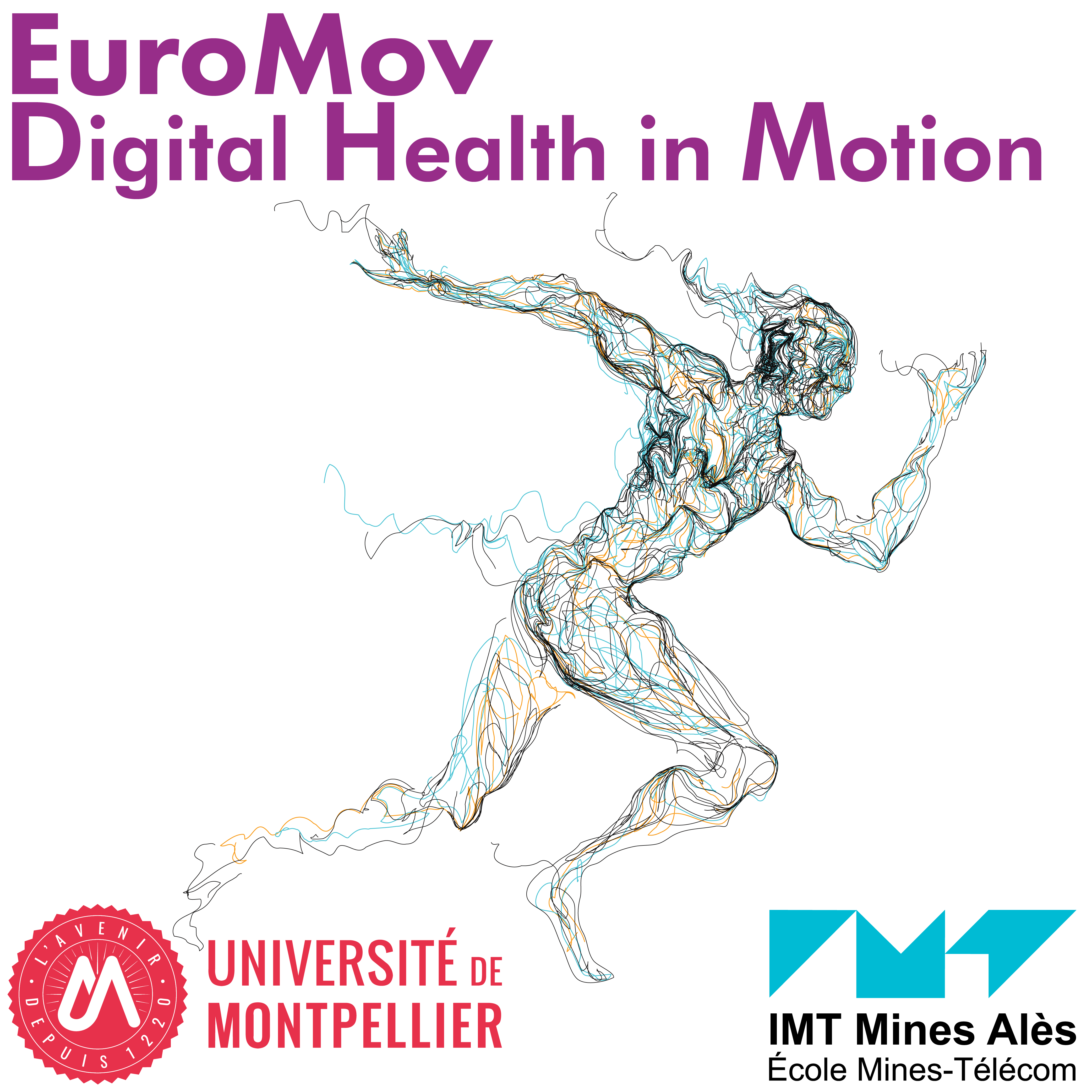EuroMov DHM
MIB
Monitoring & Improving Behaviors
Key words
System and software engineering, Ambient intelligence, Diagnosis, Performance, Physical Activity

Monitoring & Improving Behaviors
Main objective
Main research theme stands at the crossroads of health (sports medicine, gerontology) and movement sciences (psychology, neurosciences, physiology), software engineering and artificial intelligence. MIB research innovation aims at providing humans (end-users, caring people, coaches) with advices to improve their behaviours in order to reach better health, quality of life or athletic performance. Reciprocally, this theme also intends to take inspiration from movement and health data analysis or models to improve software engineering or artificial intelligences techniques themselves.

Monitoring and improving behaviours issue is addressed as two interdisciplinary sub-themes :
• Smart software system engineering for adaptive behaviour monitoring aims at studying development techniques for highly configurable and adaptable systems able to monitor behavioral responses to physical and psychophysiological loads in an ubiquitous and real-time manner (ecological observation).
• Behaviour diagnosis and enhancement amounts to observe normal and abnormal human behaviors, generate and mine data to build or check behavioral models, understand and predict key behavior features and finally decide which care should be provided or which improvements could be made.
Scientific orientations
Behaviour monitoring must be supported by a hardware / software system composed of both smart connected sensors / devices and applications that control the devices and produce user-oriented services. MIB systems are either embedded on subjects (e.g. when an athlete wears sensors that measure its activity) or implemented by larger infrastructures (e.g. when a whole apartment is equipped to detect alarming behaviour of the elderly). From the software point of view, research on MIB systems amounts to improve best engineering practices and tools to develop, deploy and manage smart systems providing end-users with ambient assisted living capabilities, such as motivation and guidance to learn and follow healthier routines. Moreover, MIB systems will be studied as smart systems, using artificial intelligence techniques not only to provide end-users with advanced, proactive services, but also as a means to understand execution contexts and make decisions to adapt their inner architectures and behaviours. MIB system engineering will thus adopt both situated and embedded AI approaches. We will study how their architectures can be derived from multi-agents systems, architectures for robotics and autonomic computing. An interdisciplinary perspective might also be to find, in human behaviour monitoring and modelling, innovative ideas for the design and management of MIB system software architectures (e.g. aware of users’ emotional or physical states).
Interdisciplinary transversal scientific questions
The main objective and the scientific orientations of MIB will lead to address challenging interdisciplinary research questions. Below are listed the set of issues that will be studied at first:
- How to improve user engagement in her / his training / rehabilitation program?
- How to observe, diagnose and forecast performances and dysfunctions in complex systems?
- How to handle autonomous, reflexive adaptation to maintain or optimize monitoring capabilities in changing execution contexts?
- How to leverage human behaviour monitoring to develop smart MIB software that is aware of users’ emotional or physical states?
- Can formal specification languages, defined in computer science to describe the behaviours and temporal aspects of software intensive systems be used to fruitfully model human behaviours?
